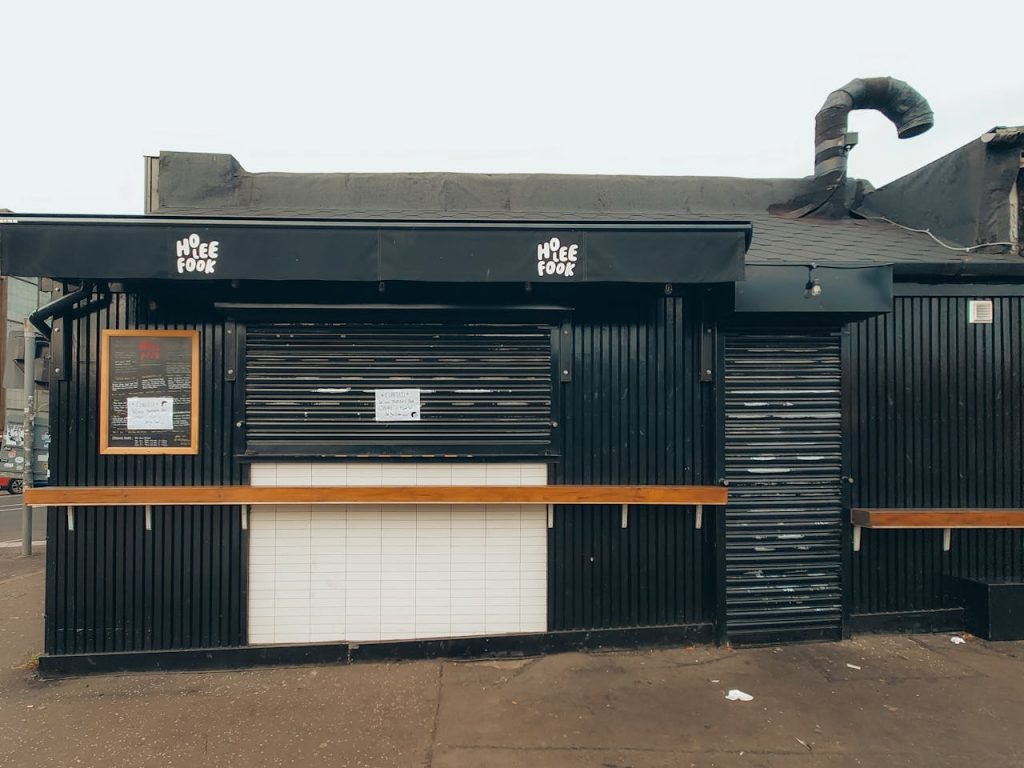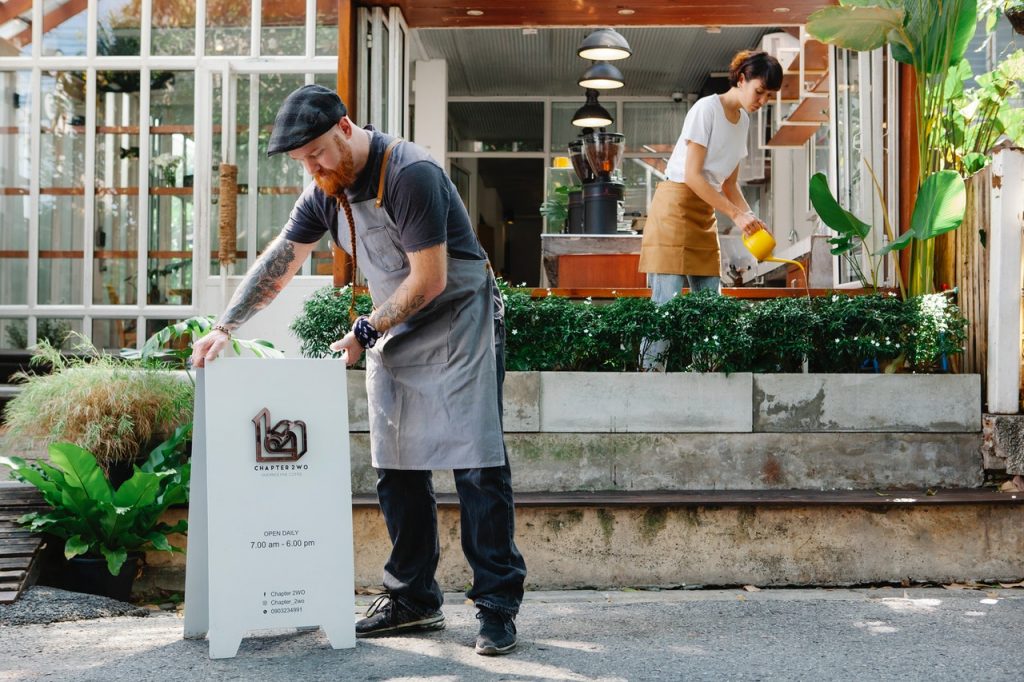Restaurant renovation can be truly transformational, bringing life into a space that has either become outdated or non-functional. However, aside from aesthetics, a well-conceptualized renovation will enhance operational efficiency, improve the customer experience, and reflect the special brand identity of the restaurant. It can be pretty complex, though, since there are several factors to consider in pulling off a successful update. Here are five essential tips to help guide your restaurant renovation:

Emphasize Efficient Layout and Flow
The flow of a restaurant is important in combining both employee and patron satisfaction. In reinvigorating it, the focus should be on a smooth flow that minimizes congestion and optimizes the available space. Contemplate the kitchen, dining, and serving areas of a complementary nature to each other. This includes ease of passage for staff to move through, easy-to-clean areas, and seating for the convenience of guests. Invest in design solutions that streamline your restaurant’s workflow-a well-organized space translates into faster service and enhanced guest satisfaction.
Choose Durable, High-Quality Materials
Restaurant interiors face relentless wear and tear, from busy foot traffic to regular cleaning needs. For this reason, durable, high-quality materials should be selected for flooring, furniture, and fixtures. For instance, tile or polished concrete flooring can withstand heavy usage without sacrificing the ease of cleaning, while stain-resistant fabrics for upholstered seating would be easier to keep looking new. Quality materials would mean a higher initial investment; however, they would reduce expenditure in repairs and replacements over time and hence be the intelligent choice for long-term renovations.

Approach Plumbing Work Strategically
Behind the scenes, a restaurant’s plumbing infrastructure plays an important, invisible role every day. Renovation is an ideal time to inspect and, where needed, improve the conditions of plumbing infrastructure. Older pipes can cause leaks, make water quality poor, and even force shutdowns, which can be hugely expensive and disruptive to business. Consider pipe relining as an alternative to full pipe replacement, which can save time and reduce disruption by reinforcing existing pipes rather than removing them. Checking and addressing plumbing needs in a renovation phase can avoid problems that might arise in the future and ensure the smooth functioning of the restaurant.
Enhance Lighting for Atmosphere and Functionality
Lighting is one of the fundamental factors that affect ambiance as well as functionality. A well-planned lighting design will feature your restaurant’s best assets, create the perfect mood, and even enhance staff efficiency. Utilize a mix of ambient, task, and accent lighting to provide layers that add depth to your space. Dimmable warm lights fathom in dining areas for a comfortable setting, while brighter and more focused lights would be highly useful in the kitchen and at the bar for better clarity of vision. Thoughtful lighting enhances the dining experience and helps staff work more efficiently.
Focus on Energy Efficiency and Sustainability
Most modern makeovers nowadays focus on energy efficiency and sustainability to provide further economic benefits due to lower operating costs and also to please customers who are conscious of the environment. Energy-efficient appliances are to be installed, including LED lighting to help keep utility bills lower. Reclaimed wood or other eco-friendly materials can help your restaurant to be more appealing to an emerging target audience that favors green interactions. In fact, by following these steps, you will not only save the environment but also increase your brand value by attracting those customers who prefer going green.
In conclusion, restaurant renovation is a major project that needs planning and well-thought-out execution. Owners can create a functional and inviting space by paying attention to the factors mentioned above. Each will play its role in smoother facilitation and creating memorable dining experiences for guests, laying down the building blocks of success in the longer term.